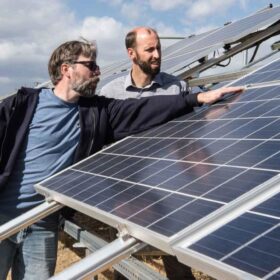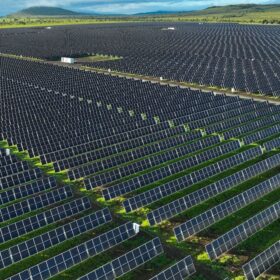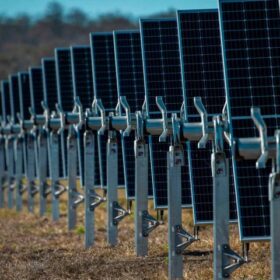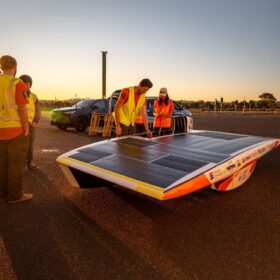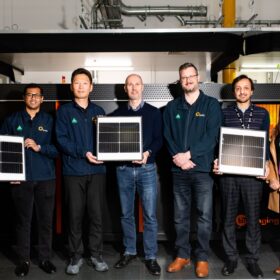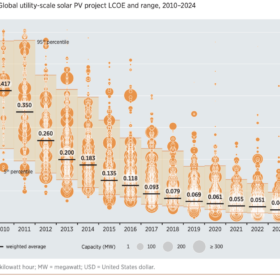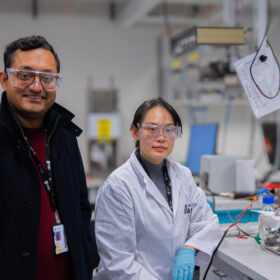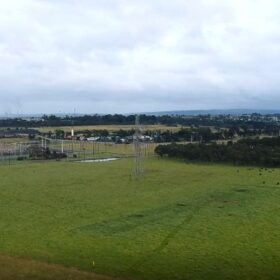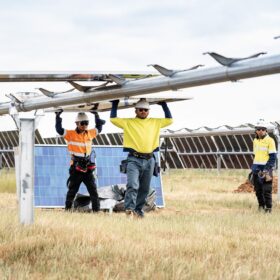Battery recycling centre launched at University of Adelaide
The federal government’s Australian Research Council has launched a new training centre in South Australia that will seek to provide industry-led solutions for the recovery, reuse and recycling of battery waste in Australia.
How long do residential solar panels last?
Several factors affect the productive lifespan of a residential solar panel. In the first part of a series, we look at the solar panels themselves.
Queensland solar farms dominate performance benchmark
The 82 MW Moura Solar Farm was Australia’s best performing large-scale PV power plant in the month of July, with an average capacity factor of 26%, as Queensland facilities dominated the charts for the best performing big solar assets.
Night-time solar team generates electricity from infrared radiation
University of New South Wales researchers are developing electricity generation from infrared radiation at night using a semiconductor device known as a thermadiative diode.
Solar module fault diagnosis uses convolutional neural network
Researchers in China have created a dataset of various PV faults and normalised it to accommodate different array sizes and typologies. After testing the new approach in combination with the 1D-CNN machine learning technique under different conditions, they found an accuracy of more than 99%.
Sundrive copper HJT cells to power up ANU racing team’s world solar challenge
Australian National University students are putting the final touches to their solar car Monty, using Sundrive copper HJT solar cells in preparation for the 3,000 kilometre World Solar Challenge from Darwin to Adelaide in August.
Tindo teams with UNSW to boost TOPCon cell performance
South Australia-headquartered solar panel manufacturer Tindo Solar will work with the University of New South Wales to accelerate the development of TOPCon solar cell technologies, targeting improvements in reliability and performance.
Global average solar LCOE stood at $0.065/kWh in 2024, says IRENA
The International Renewable Energy Agency’s latest report finds little change in the global average levelised cost of electricity for utility-scale solar plants year-on-year, while the global average total installed cost of utility-scale solar projects fell by 11%.
Sustainable aviation fuel research stays the course with $4.2 million jackpot
UNSW researchers are set to scale up a next-generation electrolyser system that helps produce sustainable aviation fuel using renewable energy, thanks to a $1.2 million government grant and $3 million in industry support.
ClearVue BIPV solution achieves 2.6-year payback in Hong Kong trial
ClearVue Technologies says its solar facade solutions, that combine the company’s solar glazing units into a fully integrated energy generating building envelope, have achieved a payback period of less than three years in a Hong Kong government trial.

